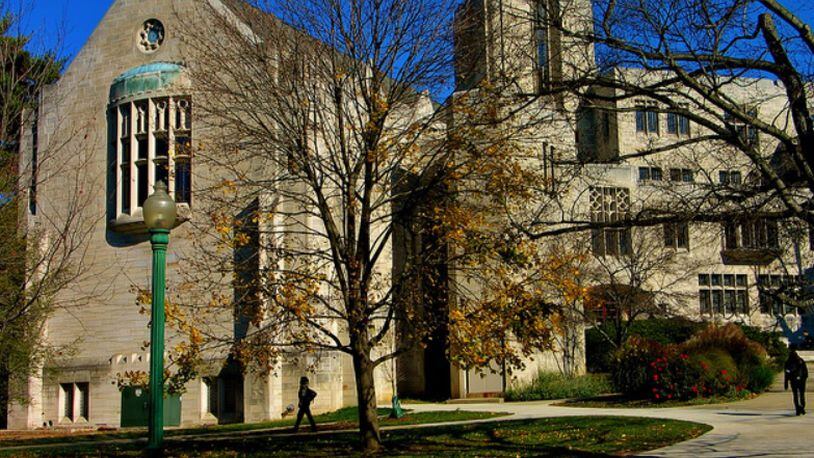But a classroom that uses the room that houses the mural will be moved, the Indianapolis Star reported.
The artwork, created by Thomas Hart Benson in the 1930s, is more controversial now in the wake of the violence in Charlottesville, Virginia, and in nationwide efforts to remove monuments honoring Confederate leaders.
An online petition was circulated around campus and had more than 1,000 signatures requesting that mural be taken down from Woodburn Hall. In part, the petition urged the university to "take a stand and denounce hate and intolerance in Indiana and on IU's campus."
Campus officials said beginning in the spring of 2018, Room 100 at Woodburn Hall, where the mural hangs, will no longer be a classroom.
"While I believe that we can and should educate the public and our community about the murals, that intellectual work can and should take place in a context that does not involve the captive audience of classes devoted to other subjects," Lauren Robel, executive vice president and provost, said Friday in a statement. "Therefore, Woodburn 100 will convert to other uses beginning in the spring semester 2018."
Jacquline Barrie, a former IU student who started the petition calling for the panel's removal, told the Star on Friday that she considers the university's decision a "small victory."
She said that while the university has "a long way to go" in terms of overall diversity, the decision to repurpose the room sends a message to students that the university is hearing their voices.
"This is a step in the right direction," she told the Star. "This is progress, and any progress, no matter how big or small, is important."
Commissioned in 1933 for the Chicago World’s Fair, Benton faced criticism at the time from those who thought the mural painted Indiana in a bad light, but Hart prevailed in keeping it in his work because he wanted it to be an honest portrayal of Indiana's history, the Star reported.
About the Author
